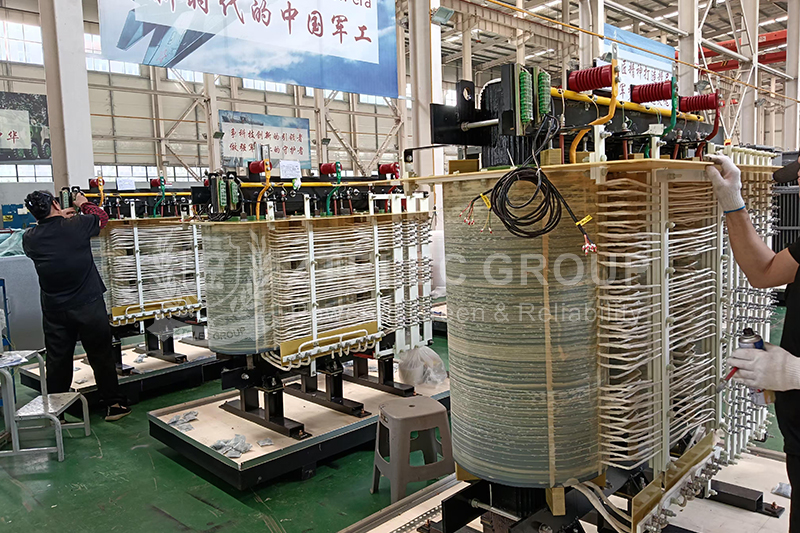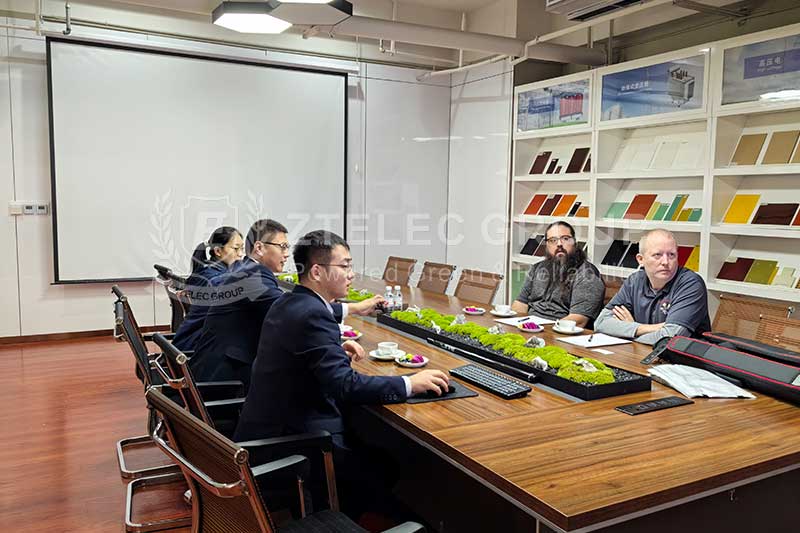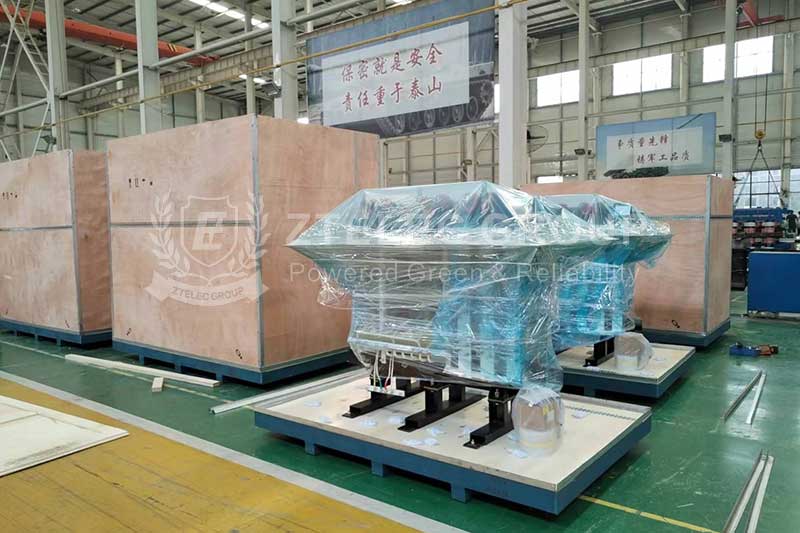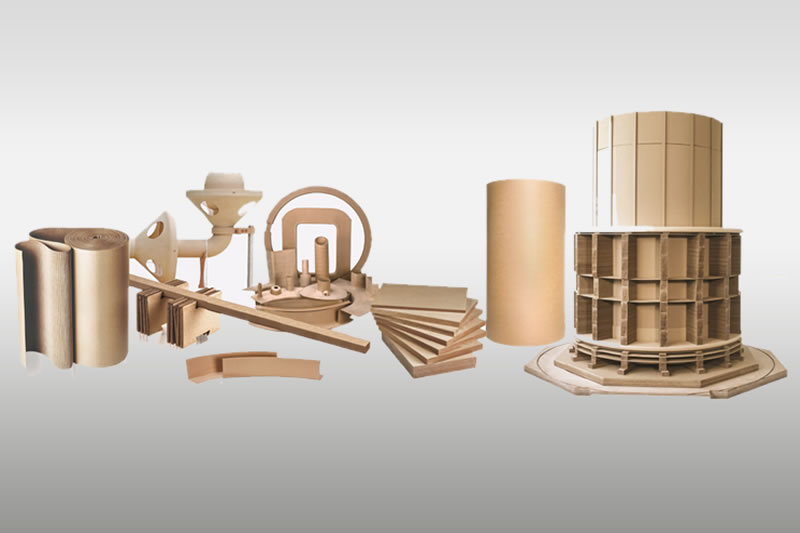Energy Efficiency Comparison of Dry-Type Transformer Models: How Big Are the Differences?
With rising energy costs and stricter global energy standards, dry-type transformers have become a focal point in modern power distribution systems. Energy efficiency ratings directly impact operating costs, equipment lifespan, and sustainability. This article provides a detailed analysis of the energy efficiency differences between SCB18, SCB14, and SCB12 dry-type transformer models, focusing on loss levels, materials, technologies, and price-performance comparisons.
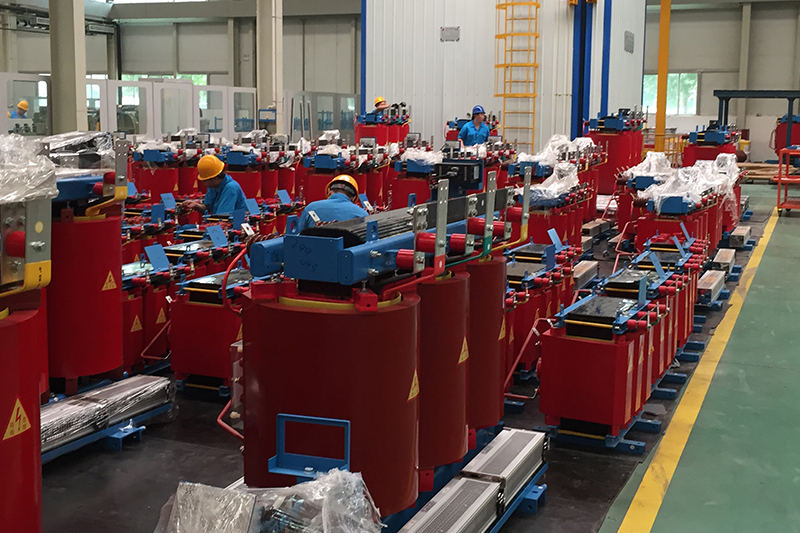
1. National Energy Efficiency Ratings for Dry-Type Transformers
Energy efficiency ratings are mandatory standards for transformer energy consumption. Simply put, the higher the rating, the better the energy-saving performance. In China, dry-type transformers are divided into three levels:
Level 1 (SCB18 series): Industry-leading technology, with the lowest losses and the highest energy efficiency.
Level 2 (SCB14 series): Excellent performance, slightly behind Level 1, offering strong cost-effectiveness.
Level 3 (SCB12 series): Basic efficiency threshold, suitable for projects with lower energy-saving requirements.
2. Key Indicators for Energy Efficiency
Two indicators define transformer efficiency: no-load loss (Po) and load loss (Pk).
No-load loss (Po): Also called iron loss, occurs when the primary winding is energized with the secondary open. It depends on the quality of the core material and manufacturing process. No-load loss is fixed and independent of load.
Load loss (Pk): Also called copper loss, occurs when rated current flows. It is proportional to the square of the load current and depends on conductor resistance and winding design.
3. Energy Efficiency Comparison of Transformer Models
Loss Performance: SCB18 reduces no-load losses by about 40% compared to SCB12, while SCB14 reduces them by 20%. For load losses, SCB18 performs about 15% better than SCB12, and SCB14 about 10% better.
Annual Savings: An 800kVA SCB18 transformer can save around 40,000 RMB in annual electricity costs compared to SCB12, while SCB14 saves about 30,000 RMB.
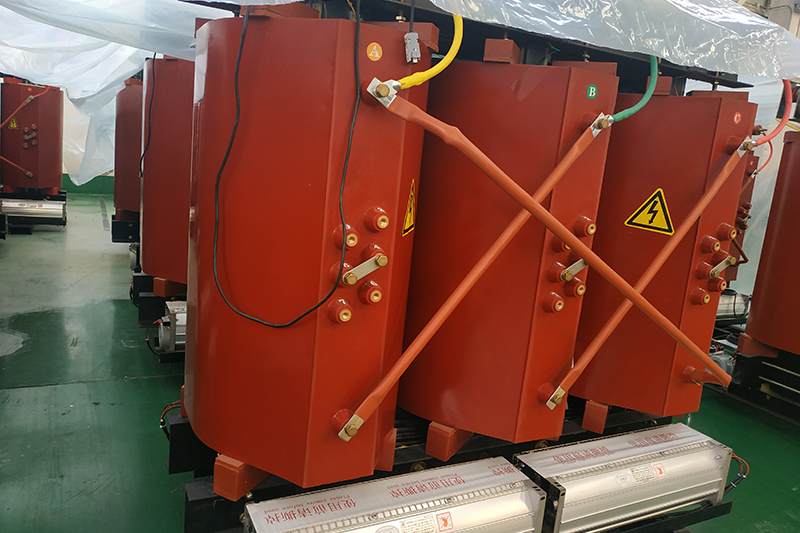
4. Materials and Technology Comparison
SCB18 (Level 1): Uses high-permeability silicon steel sheets (HIB series), oxygen-free copper, thinner insulation, and advanced vacuum varnishing. Some models include intelligent temperature control systems for enhanced monitoring.
SCB14 (Level 2): Balances performance and cost, with better materials and design than SCB12 but lower requirements than SCB18.
SCB12 (Level 3): Relies on older materials and processes, resulting in higher energy losses and lower efficiency.
5. Price Comparison and Market Impact
SCB18 vs. SCB14: Price is approximately 30% higher for SCB18.
SCB14 vs. SCB12: Price is also about 30% higher for SCB14.
Market fluctuations in copper and silicon steel prices may influence absolute costs, but the positive correlation between efficiency level and price remains unchanged.
6. Key Technologies Driving Transformer Efficiency
Core Materials: Amorphous alloys cut no-load losses by up to 80% compared with silicon steel, but are brittle and costly. High-grade silicon steel (e.g., 27ZH100) offers low specific loss and high magnetic permeability, making it a standard for high-efficiency transformers.
Winding Materials and Design: Oxygen-free copper conductors reduce load losses due to their superior conductivity. Optimized winding layouts minimize magnetic flux leakage, and advanced winding techniques ensure tight, low-resistance coils.
Process and Structure: Advanced epoxy resin casting ensures insulation strength and better heat dissipation. Optimized ventilation channels lower transformer temperature, reducing winding resistance and extending service life.
The comparison between SCB18, SCB14, and SCB12 dry-type transformers highlights clear differences in energy efficiency, material quality, and long-term operating costs. SCB18 represents the highest level of efficiency, SCB14 offers a balance of performance and cost, and SCB12 remains a budget-friendly option with higher losses. For projects with strict energy-saving goals, SCB18 is the best choice, while SCB14 provides a practical middle ground. Choosing the right model not only saves energy and reduces costs but also aligns with sustainable development and green building standards.
- more+releated article
- 2026-01-04Common Power Transformer Faults: Causes, Solut
- 2025-12-312026 New Year Holiday Notice
- 2025-12-31Operation, Maintenance, and Service Life Manag
- 2025-12-30How to Select a 100 kVA–500 kVA Distribution
- 2025-12-29The Impact of NHN NMN Composite Insulation on
- 2025-12-26Practical Application of GPO-3 Insulation Boar
- 2025-12-2510kV Transformer Replacement Timeline: Install
- 2025-12-25Low Smoke EN45545 GPO3 UPGM203 Laminated Board
- 2025-12-24Merry Christmas — ZTelecgroup Christmas Cele
- 2025-12-24How to Select a Suitable 50kVA–500kVA Distri

